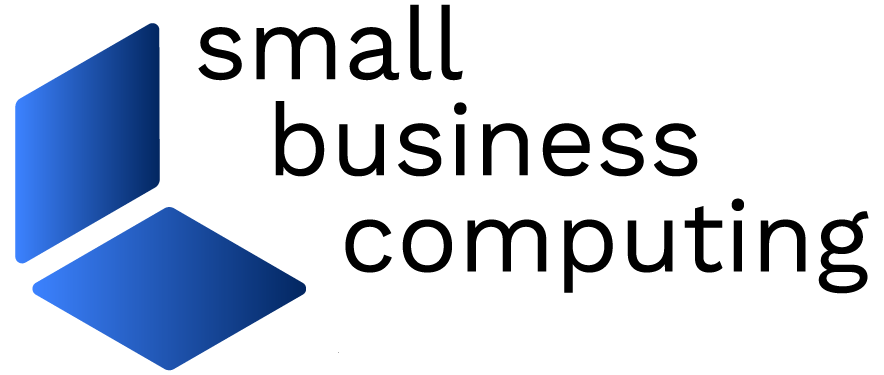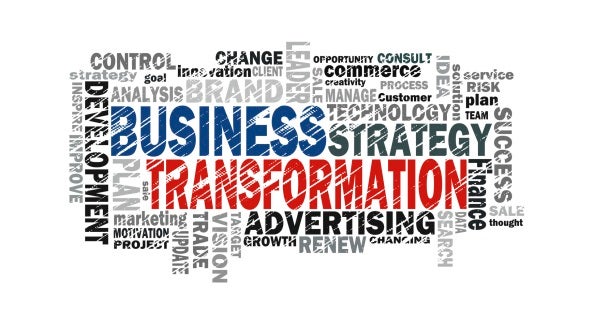Whether you own a service business trying to generate leads or an ecommerce company working to sell more products, website performance probably ranks as one of your biggest concerns. Small business owners and managers sometimes struggle with how to move website visitors out of the shopping phase and into the purchase process. Conversion rate optimization (CRO) can help turn browsers into buyers.
In this article, we will discuss:
- What CRO means
- The ways CRO benefits small business
- How to start using CRO
What is Conversion Rate Optimization?
You may already be familiar with the concept of conversion rates: tracking the number of site visitors who follow through on a call-to-action, such as signing up for a newsletter, purchasing a product, or booking an appointment. CRO refers to adjustments to the shopping experience that makes it easier for customers to take a desired action.
“The process is designed to increase the percentage of website visitors who make a purchase or take another desired action on a website,” explains Brett Bair, senior director of digital marketing insights and strategy at Monetate, an Internet marketing and analytics firm.
“CRO identifies pain points in product browsing, and it evaluates the purchase experience to help you improve key business metrics such as add-to-cart, conversion, and bounce rate,” says Bair.
At its core, page optimization starts with learning about your website’s visitors.
“The best data that you can collect about a visitor is behavioral,” says Brian Massey, conversion scientist at Conversion Sciences, conversion optimization agency. “What are they doing while they’re using your site?”
This deep dive into how visitors interact with each page of a website lets you make the right changes to achieve your goals. Once you understand how visitors behave on your website, Massey says you can identify where they’re running into trouble—abandoning a shopping cart or bouncing away from your site, for example. Armed with that knowledge, you can make adjustments in the process or add opportunities to help visitors complete purchases or become a sales lead.
“CRO combines harvesting information about visitors’ behavior and then experimenting with solutions that better guide those visitors to whatever it is they’re looking for,” says Massey.
What Can Conversion Rate Optimization Do for Small Business?
At the most basic level, entrepreneurs focus on moving their businesses forward. Retailers, for example, entice people to purchase products. Small etailers pay for advertising traffic or SEO services to bring people to their site, while service firms may pay for leads or related traffic.
Optimization helps business owners make the most of those investments. The data you gather helps you do two things. One: Identify “how to improve your website’s ability to help people find what they’re looking for, and (two) make the visitor feel comfortable and confident about completing some sort of a transaction on the site,” Massey says.
You might consider numerous strategies to overcome the factors that prevent visitors from completing more transactions. CRO data can help you decide which to pursue. You might discover, for example, that previous buyers respond to an on-site discount offer that they can use on their next purchase.
Visitor behavior might show that adding more product information will prompt customers to pull the trigger and click the buy button. “Ultimately, improving conversion rate means optimizing each part of your website’s conversion funnel,” Bair says.
Conversion Rate Optimization: How to Start
Once you start harvesting the conversion rate data, additional steps usually fall in line. One is A/B testing, where you tweak web pages and launch campaigns and then track their performance to see how they affect visitor behavior.
You won’t find a one-size-fits-all solution. Instead, develop a plan that suits your specific goals. “Marketers need to set a road map to help find their own best practices,” Bair says. The factors to consider depend on what you want to accomplish and may include bounce rates, average order size, and repeat purchasing behavior.
The process might sound overwhelming, but it doesn’t need to be. Consider brick-and-mortar shops. Those store owners talk with people at the cash register, they see how many people buy certain products, and they know what customers spend. “You learn a lot of information about your business,” Massey says of the in-person approach.
[Don’t miss out on more conversion rate tips: Product Filtering Tips to Improve Ecommerce Conversion Rates]
Now, says Massey, “Imagine if you could walk around your website and watch people shop.” The analytics tools provide a virtual version of that trip through the store. Expect a learning curve before you’re comfortable with the data and understanding the vocabulary, but Massey says, “the tools provide an in-depth understanding of how individuals interact with your site.”
Julie Knudson is a freelance writer whose articles have appeared in technology magazines including BizTech, Processor, and For The Record. She has covered technology issues for publications in other industries, from food service to insurance, and she also writes a recurring column in Integrated Systems Contractormagazine.
| Do you have a comment or question about this article or other small business topics in general? Speak out in the SmallBusinessComputing.com Forums. Join the discussion today! |


